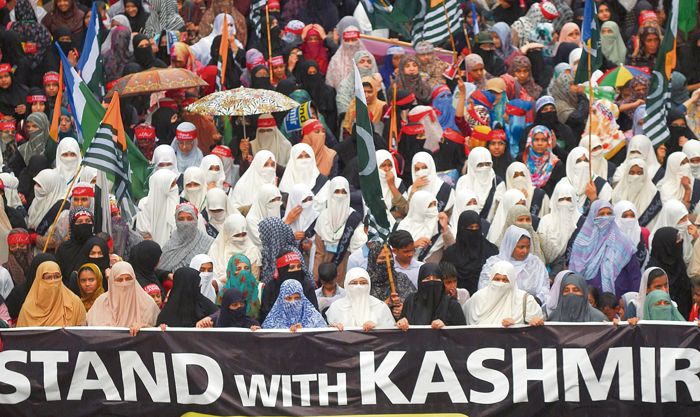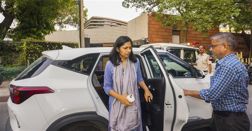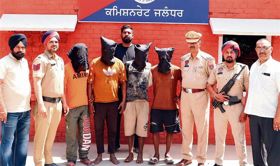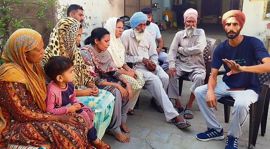
K-fixation: Pakistan is likely to unleash a fierce propaganda barrage on February 5, which it annually marks as Kashmir Solidarity Day.
Vivek Katju
Vivek Katju
Ex-Secretary, Ministry of External Affairs
Pakistan’s official representatives and its participants in track-II dialogues have been saying that a dialogue process with India can take place only if India rolls back the August 5, 2019, constitutional changes in J&K. The participants are also stating that India has told some countries that it wants to engage Pakistan. The track-II message is clearly orchestrated by the Pakistani power centre, the army, because the same message is being conveyed by almost all Pakistanis at almost all track-II events. The Pakistani version overlooks India’s stand that the neighbour must abandon terrorism before it will resume the dialogue.
Significantly, Pakistani participants, while conveying this signal, are indulging in unprecedented vituperation against India and the Modi government. Here again, Pakistani civil society members are reiterating the public position which is being continuously articulated by PM Imran Khan, who is on the same page as the army, that India is becoming fascist and the Modi government is Hindu supremacist. In this background, Pakistan can be expected to go all out to seek to unleash a fierce propaganda barrage on February 5, which it annually marks as Kashmir Solidarity Day.
A public holiday, the day is observed with processions and other events, with anti-India rhetoric. This year, all sections of Pakistan polity and society will show special zeal in their manifestations of support for the so-called Kashmir cause. All this will, once again, reveal its Kashmir obsession, which has extracted enormous economic, social and political costs throughout its history. Like individuals with obsessions are unable to act rationally, so are nations. This is illustrated by Pakistan’s position on the August 5 changes.
Instead of asserting that the changes India has made will not dilute Pakistan’s stand that J&K’s status is disputed, Pakistani interlocutors on the track-II circuit are asserting that the Simla Agreement has now become irrelevant, for India has ‘annexed’ Kashmir. This is an untenable position, for it assumes that the ‘final settlement of J&K’ envisaged in the agreement would necessarily involve India making concessions in respect of the territory of J&K under its control.
In all the years after the Simla Agreement, India did not, at any stage, indicate that it was willing to part with any territory. If anything, it was the opposite. It always asserted its legal position that all of J&K, as it existed when it was a princely state, was Indian territory and that Pakistan was in ‘illegal and forcible’ control of this area. The Parliamentary Resolution of 1994 had strongly and unanimously made the same assertion. It would appear that because Indian diplomacy did not focus strongly on PoK, Pakistan lulled itself into believing that India may be willing to compromise on territory under its control. This should not have been so because even in the back-channel discussions on J&K between 2004 and 2007, PM Manmohan Singh had declared that no territorial change could be made. Now, the August 5 changes have explicitly made that clear. Hence, Pakistan has to live with the shattering of its Kashmir illusion. That is always difficult.
Pakistan is also disappointed that the international community has been unwilling to criticise the constitutional changes. Apart from China and a couple of important Islamic states — Malaysia and Turkey — no country has really referred to this aspect. What has attracted adverse attention and growing unease is the communications restrictions and the detention of political leaders. Even the EU Parliament, while sharply focusing on the CAA and NRC issue, has refrained from entering the constitutional changes domain.
The question now is what steps can Pakistan take in addition to its propaganda campaign against India and expressions of support for the Kashmir cause? It knows that if it were to undertake, through its proxies, major terrorist acts in J&K, or elsewhere in India, it would only reinforce the global perception that it is a principal centre of terrorism. While the Pakistan army has an irrational streak, as shown through its actions in 1965 and again in Kargil in 1999, the current chances are that it may, at least for some time, refrain from sponsoring spectacular terrorist actions. At the same time, it would keep the infrastructure of terrorism intact, and also attempt to encourage below-the-threshold terrorist actions.
Its basic objective would be to ensure that the situation in J&K does not normalise, so that major economic projects cannot be undertaken. For this, it would also seek to instigate demonstrations and sit-ins that would attract wide attention. Such actions would require a different kind of mobilisation and leadership, but this is a possibility that Indian officialdom should be especially wary of.
In the wake of the Supreme Court judgment the government has begun the restoration of the Internet and other electronic data flows. This process must continue, for it would also address international concerns. But international opinion — and this would not be confined to its liberal sections only — would not be assuaged unless the senior Kashmiri political leadership is released from detention. Till then, the Modi government will have to incur a reputational cost.
For many months now India’s diplomacy has been on the defensive. Indian diplomats have been busy clarifying the decisions that the government has taken, not only in J&K, but also in other areas such as the passage of the CAA. This has diverted attention from Pakistan and its terrorism, but the greater worry is that it is coming at a time when China is making concerted efforts to greatly consolidate its position in India’s immediate neighbourhood.
Join Whatsapp Channel of The Tribune for latest updates.




























